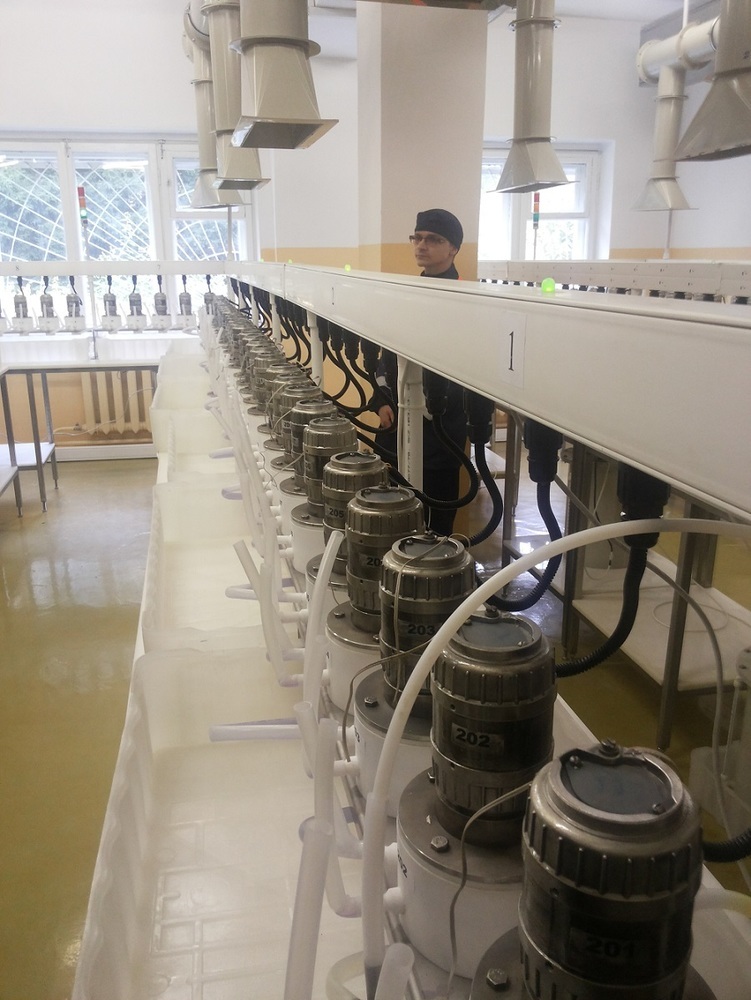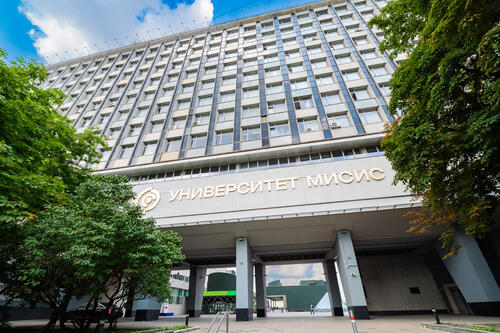
In today’s world, rare earth magnetic alloys are crucial when it comes to developing energy-saving technology, environmentally friendly transportation, home appliances and robots, and their production grows by at least 15 percent per year. Prices of rare earth elements are set by Chinese suppliers that have the biggest market share, almost a monopoly.
“NUST MISIS researchers worked together with VNIIHT Russian Research Institute of Chemical Technology and the Skaygrad Group of Companies to develop an innovative technology for obtaining magnet alloys from phosphogypsum, a by-product of mineral fertilizer production. This solution could pave the way to setting up production of hard magnetic materials for the Russian automotive, energy and instrument engineering sectors”, — said Alevtina Chernikova, Rector of NUST MISIS.
Phosphogypsum is a by-product of sulphuric-acid processing of Apatite to make phosphate fertilizers. Some 320 million tons of it can be found in waste dumps of industrial plants across Russia. From 80 to 98 percent of phosphogypsum is gypsum, a very popular material for the construction industry.
In addition, phosphogypsum dumps of the largest Russian producers hold some 800,000 tons of rare earth metals that could be used to make magnets, magnetic systems, optical flints, lasers, LEDs, displays, monitors, superconductors, sensors, condensers, polishing paste and other products and goods.
“We have designed a closed-cycle technology: in the process of phosphogypsum recycling, construction gypsum and high-purity rare earth concentrate are being extracted from the initial material. This concentrate contains neodymium oxides, dysprosium oxides, terbium oxides, cerium oxides, lanthanum oxides and didymium oxides. A cascade of centrifugal extractors is then used to breakdown this mix into separate elements, which provides high-quality raw materials that can be used by the abovementioned industries,” said Professor Alexander Medvedev, the project head, who works in the NUST MISIS Department of Non-Ferrous Metals.
This new innovative technology can solve three strategic objectives by providing precious rare earth elements, as well as gypsum, widely used in the construction industry, and also helping process industrial waste. A pilot project was launched by the ANTARN Group of Companies, and the first batch of market-ready products is expected to be ready by the end of 2016.


